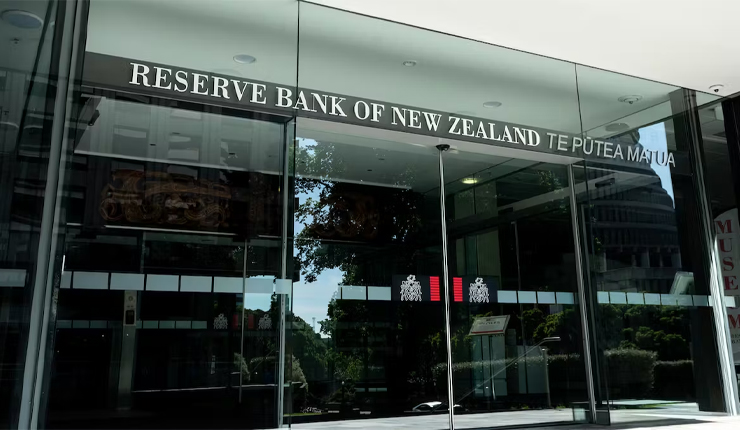New Zealand’s central bank (RBNZ) left its key interest rate unchanged at 5.5 per cent as expected on Wednesday, but signaled a potential shift towards a more dovish monetary policy stance in the coming months.
The New Zealand dollar weakened 0.74 per cent to $0.6085, hitting a 16-month low against the Australian dollar. Two-year swap rates dropped 11 basis points, implying a 25-basis-point rate cut by October.
The RBNZ’s commentary sounded considerably dovish, said Abhijit Surya of Capital Economics. “The Committee’s messaging gives us greater confidence that the Bank will commence its easing cycle in November.”
The RBNZ expects inflation to return to its target range of one per cent to three per cent in the second half of 2024, down from four per cent in the first quarter.
Early signs of softening inflation pressures are emerging, with components like food prices showing declines. Additionally, inflation expectations have eased, and business confidence remains weak.
While some domestic inflationary pressures persist, indications point towards a reduction in inflation persistence due to declining capacity pressures and softened business pricing intentions, the RBNZ stated.
The RBNZ’s aggressive rate hikes since October 2021, totaling 525 basis points, have slowed economic growth significantly. Recent data indicates that New Zealand narrowly avoided a technical recession in Q1 2024, with a modest 0.2 per cent growth.
Prior to the rate decision, a Reuters poll indicated that 22 out of 32 economists anticipated rates to fall to 5.25 per cent or lower by year-end.
ANZ Chief Economist Sharon Zollner noted a possible change in the timing of the first rate cut from February to November. The latest review further supports this idea, but the final decision will depend on the data.
New Zealand joins a growing number of central banks globally considering or implementing rate cuts. The European Central Bank, Canada, Sweden, and Switzerland have all recently lowered rates, with the US Federal Reserve potentially following suit in late July.
In contrast to the global trend, Australia’s central bank is considering raising rates due to potential upside risks to inflation.
Attribution: Reuters



